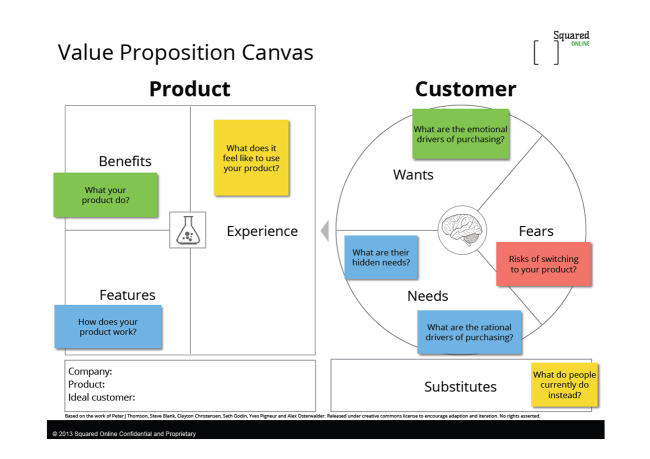We are getting ever closer to the end of module 5 and our final module of the course, it’s not been easy and Squared have left their favourite task for the end.
We were given a vertical industry and asked to create an infographic around how digital has affected the industry. Our group was given automotive as a industry and at first it was great because I love cars but once we started researching it dawned on me that whils there is oodles and oodles of research out there, there is very little that is 100% right for us.
We decided in our groups to split the group into three groups of three with research having a week to gather data, analysis to mine that data and create a narrative and design to bring it all together.
On paper this seems like a sensible approach but actually I think in hindsight we should have created the story we wanted to tell first, then found the research that within the framework and then cherry picked the best types.
Our reason for saying this is simple, there is so much information out there but without some direction you can end up with a lot of surplus content and that is what we found first of all.
Having said all of that, it’s a really interesting exercise and one that makes you realise that creating an infographic is not all that difficult, it’s all about finding the right data, the sources are consistent (which they never are) and it tells a story.



